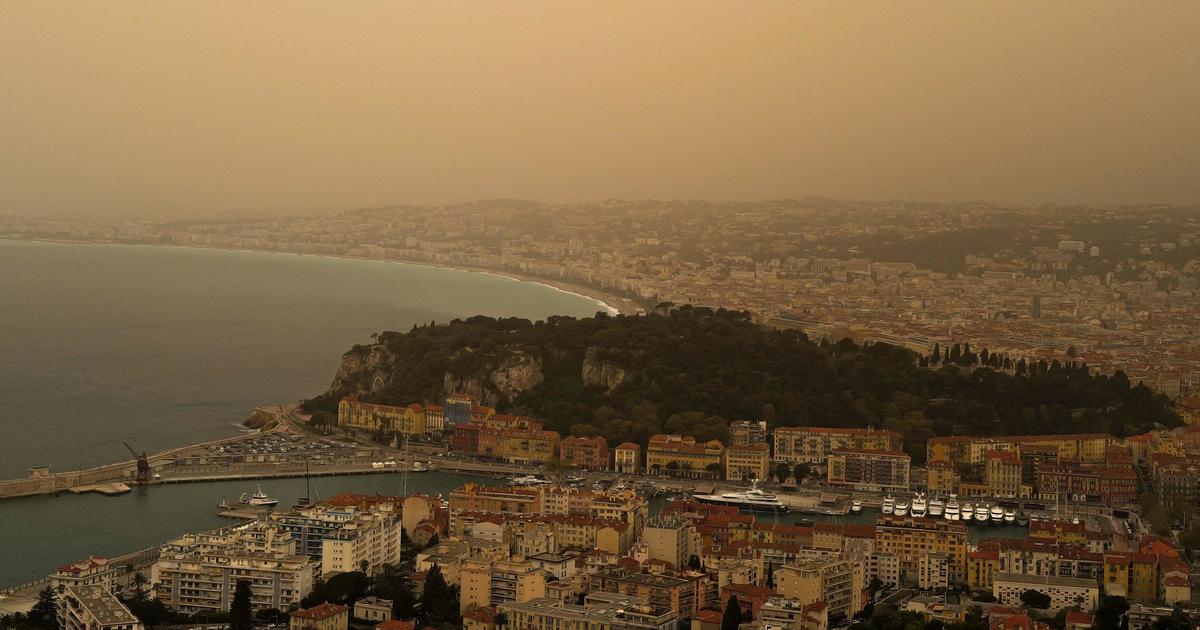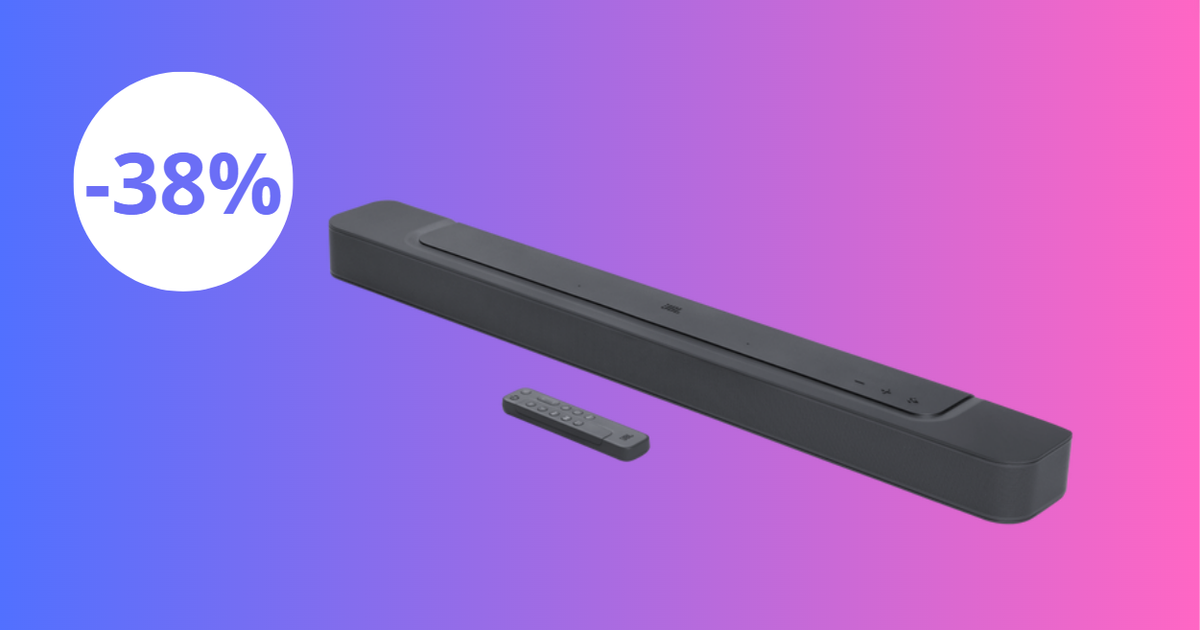The sky over Germany is currently shimmering milky white in many places - the reason for this is a cloud of Saharan dust.
Can this worsen allergic symptoms?
With spring, the days get longer and temperatures rise.
But some are not only looking forward to the early summer temperatures: Those who suffer from a pollen allergy have to reckon with complaints again in spring.
Because when trees start to bloom, people allergic to pollen react with irritated mucous membranes and sneezing attacks.
Red and itchy eyes, dry coughs *, headaches, rashes and swellings on the face can also indicate a pollen allergy
.
However, only a doctor can make a reliable diagnosis.
Anyone who currently suffers from allergic complaints is not alone.
Due to the very mild temperatures for the end of February, the pollen season of hazel and alder is currently
changing from crawling to
turbo
, as the German Pollen Information Service informs.
"In the west and south of the republic, high levels of pollen from these two allergen carriers will very quickly find their way into the lower areas due to a generally milder history," the foundation warned.
You can find out here whether the huge Saharan dust cloud that is currently laying over Europe can trigger allergy-related symptoms.
More on the topic
: Costs only a few euros: Pollen allergy sufferers swear by this home remedy.
+
Not only in Switzerland, dust from the African desert has visibly clouded the sky in many places.
© Laurent Gillieron / dpa
Saharan dust cloud increases fine dust levels - and ensures that early bloomers are driven out
According to the website weather.com, Saharan dust should not be directly harmful to the health of allergy sufferers.
The individual particles with a size of just 0.1 to ten nanometers are too small for this, as quoted by the site allergists.
Irritation of the respiratory tract and
stronger allergy symptoms can only occur from a desert dust concentration of more than 100 micrograms per cubic meter.
If the eyes are currently itching and burning, sneezing attacks are added and the mucous membranes are irritated, the Saharan dust is probably not responsible, but the warm temperatures that are associated with it.
Warm and dry air gives the local plants the signal that they can sprout
- and thus the pollen load from early bloomers such as the alder increases.
As the European atmosphere monitoring service Copernicus Atmosphere Monitoring Service (CAMS) informs, in many places not only milky cloudy skies can be expected due to the desert sand cloud, but also poorer air quality.
Mark Parrington, Senior Scientist at CAMS, said in a statement: “The greatest amount of dust was in southern France on February 6th.
(...) The dust clouds brought with them high levels of fine dust, above all high concentrations of aerosols and PM10 (editor's note: PM10 denotes a particle size) at ground level.
This caused a significant drop in air quality in the affected regions ”
.
The Saharan dust event has significantly increased particulate matter levels in 50 European cities.
High levels of fine dust, among other things, favor respiratory diseases such as asthma.
More sources: https://www.pollenstiftung.de/pollen Prognose/wochenprognose.html
Eye Health Survey
Read more
: Home Remedies For Hay Fever: What Really Helps With Itchy Eyes And A stuffy nose?
The ten best tips for hay fever
The ten best tips for hay fever
List of rubric lists: © Laurent Gillieron











